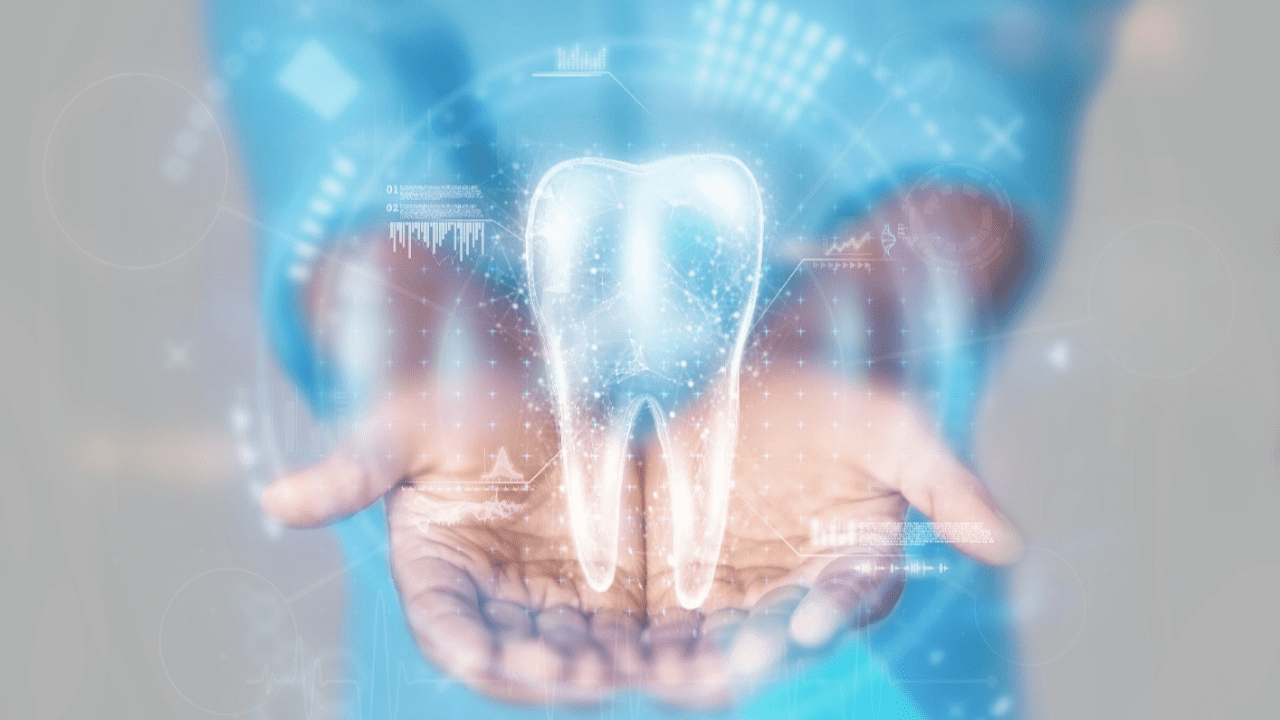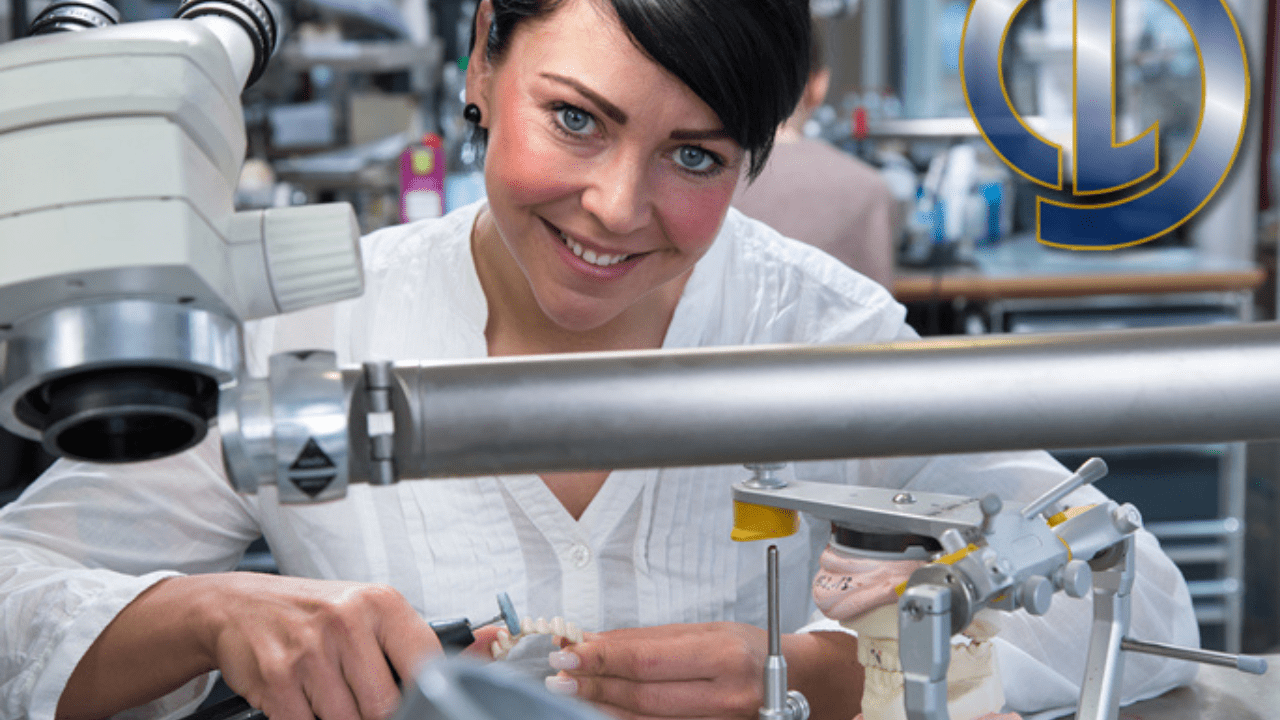
Healthy Dental Restorations
Posted Feb. 19, 2024 by Haresh SavaniA Tale of Transformation and Well-being
Imagine a scenario where a smile transforms not only appearances but also lives. Picture Sarah, a young professional whose confidence wavered due to a dental mishap. A fractured tooth robbed her of her infectious smile, impacting her social interactions and self-esteem. However, her journey toward restoration led her to a discovery: the significance of biocompatible materials in dental restorations.
Sarah's experience underscores the pivotal role of biocompatible materials in modern dentistry. Beyond aesthetics, these materials prioritize health and well-being, ensuring dental restorations seamlessly integrate with the body's natural processes.
Understanding Biocompatible Materials
What are Biocompatible Materials?
Biocompatible materials refer to substances compatible with living tissue, designed to interact harmoniously with the body without eliciting adverse reactions. In dentistry, the use of biocompatible materials has revolutionized treatment outcomes, offering patients durable and safe solutions.
How Do Biocompatible Materials Work?
The principle behind biocompatible materials lies in their ability to mimic natural tissues, promoting integration and minimizing inflammation or rejection. For dental restorations, such as implants and abutments, biocompatible materials like zirconia and titanium excel in biocompatibility, ensuring optimal performance and longevity.
How Are Biocompatibility Ratings Calculated?
Biocompatibility ratings are determined through rigorous testing protocols, assessing factors such as cytotoxicity, genotoxicity, and tissue compatibility. These evaluations ensure materials meet stringent safety standards, safeguarding patient health.
Customization in Implant Abutments: A Tailored Approach
Customization is key in the success of dental implants. The process involves:
Personalized Design: Tailoring the implant abutments to the specific anatomy of a patient's mouth ensures a better fit, comfort, and appearance.
Advanced Technology: Utilizing cutting-edge technology like 3D printing and CAD/CAM systems, dentists can create precise and individualized components that enhance the overall success of dental restorations.
Impact: Elevating Patient Health and Treatment Outcomes
The adoption of biocompatible materials in dental restorations heralds a new era of patient-centric care, emphasizing health, longevity, and comfort. Consider the profound impact:
Enhanced Biocompatibility: Biocompatible materials minimize the risk of allergic reactions or tissue rejection, promoting seamless integration and reducing post-operative complications.
Improved Longevity: With superior durability and resistance to corrosion, biocompatible materials ensure dental restorations withstand the rigors of daily use, offering long-lasting solutions for patients.
Optimal Aesthetics: Beyond functionality, biocompatible materials boast natural aesthetics, seamlessly blending with existing dentition for a flawless smile transformation.
Challenges and Solutions: Navigating the Landscape
Challenges in Biocompatible Materials Integration
Despite their numerous benefits, integrating biocompatible materials presents challenges:
Cost Considerations: Biocompatible materials may entail higher initial costs compared to traditional alternatives, posing financial constraints for some patients.
Technical Expertise: The specialized techniques required for working with biocompatible materials demand proficiency and training, necessitating ongoing education for dental practitioners.
Solutions for Overcoming Challenges
Addressing these challenges requires strategic approaches:
Cost-Efficiency Strategies: Exploring financing options or insurance coverage can alleviate financial burdens, making biocompatible materials more accessible to patients.
Continued Education: Dental professionals can enhance their skills through workshops, seminars, and online courses, staying abreast of the latest advancements in biocompatible materials and techniques.
FAQs: Addressing Common Concerns
Are biocompatible materials suitable for everyone?
Generally, yes. Consult your dentist if you have specific allergies or sensitivities.
How long do biocompatible dental restorations last?
Many years with proper maintenance.
Do biocompatible materials require special care?
Yes, routine oral hygiene: brushing, flossing, and regular dental visits.
Are biocompatible materials more expensive than traditional options?
Initially, yes, but they often save costs in the long run.
Can biocompatible materials cause allergic reactions?
Rarely, but inform your dentist of any known allergies.
Are there restrictions on eating or drinking with biocompatible dental restorations?
No major restrictions, but moderate acidic or sugary substances for oral health.
Embracing Health-Centric Dentistry
In the realm of dental restorations, the shift toward biocompatible materials signifies a paradigmatic advancement, prioritizing patient health and satisfaction. From enhanced biocompatibility to superior aesthetics, these materials epitomize the intersection of innovation and well-being, empowering individuals like Sarah to reclaim their smiles and confidence.
As stewards of oral health, it's imperative for dental practitioners and patients alike to embrace biocompatible materials, fostering a future where every restoration embodies not just functionality but also harmony with the human body. Together, let us embark on this journey toward healthier, happier smiles.
In the ever-evolving landscape of dentistry, the choice is clear: biocompatible materials pave the path to brighter, healthier smiles—one restoration at a time.
Leave a Comment
Your email address will not be published. Required fields are marked *


